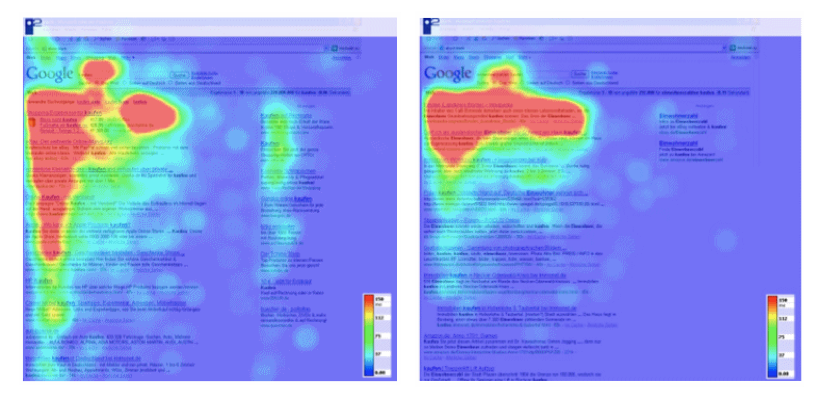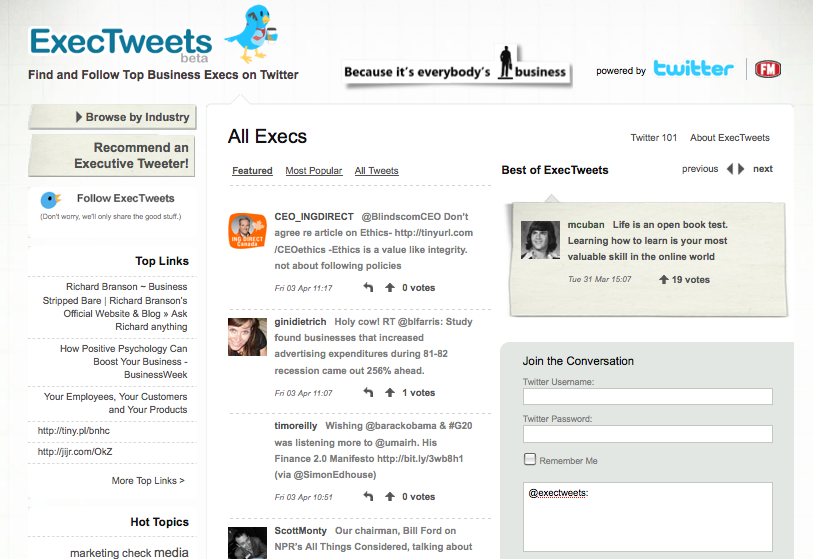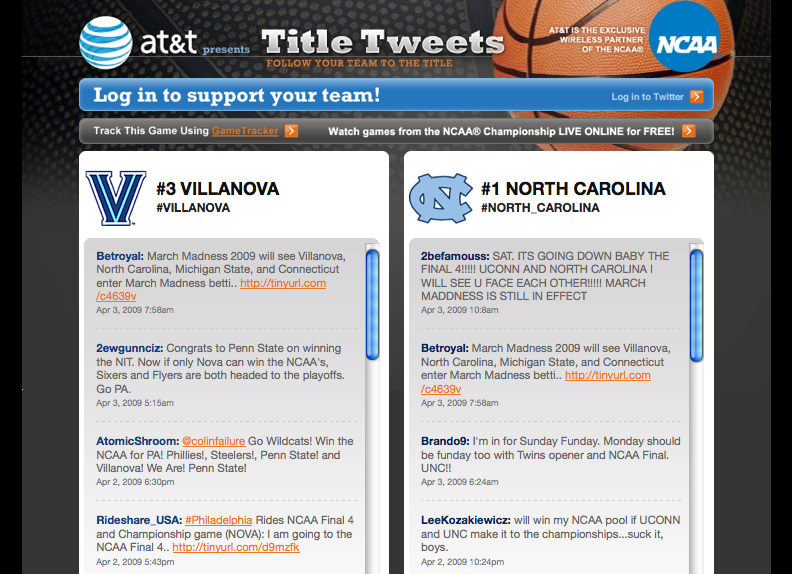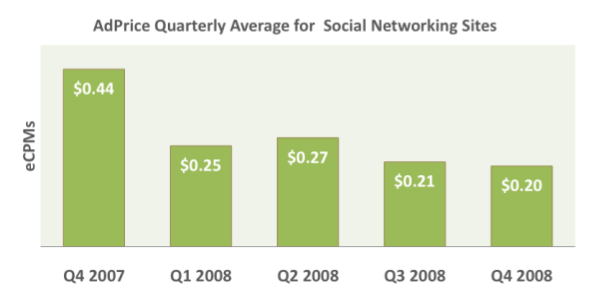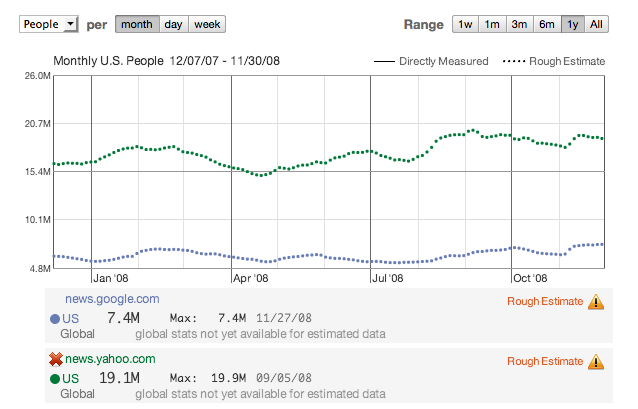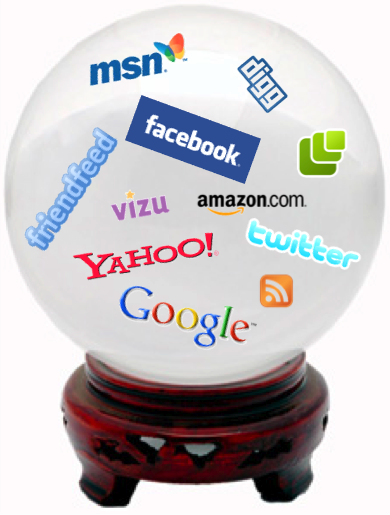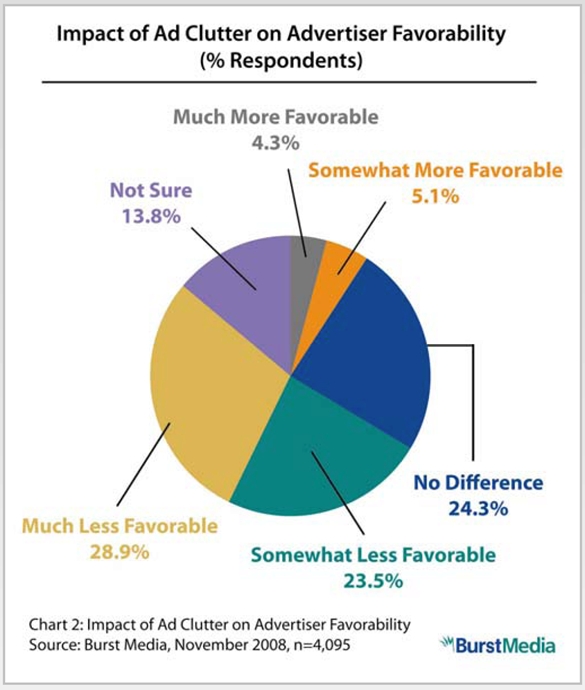Two weeks ago my wife dug out some Fall felt stickers from the closet for our daughter. Delighted, my daughter stuck one of them on my shirt before I walked out the door to work.
It was a red leaf.

Being a bit sentimental, I left the red leaf on my shirt for the day. That decision led to a renewed appreciation for the power of iconography.
Are You Canadian?
That was one of the first things a co-worker asked me that day. The question seemed rather random and out of left field. In reaction to my puzzled expression, he pointed to the red leaf.
Later that day another co-worker asked if I liked maple syrup. And yet another started up a conversation about the upcoming hockey season. (Go Flyers!)
The Power of Iconography
I suppose it does look like the Canadian maple leaf. And the sticker was out of place and likely attracted attention. But all that aside, I wasn’t wearing a Canadian flag sticker. It was a simple, small red leaf.
The meaning that this red leaf conveyed was impressive. A single red leaf created an instant association with Canada and then, like a needle skipping on a vinyl record, to maple syrup and hockey. A stream of data, of experience, of knowledge, was trapped inside that red leaf.
How does that happen?
Semiotics
Semiotics, or the study of signs, helps explain how a simple red leaf can have such a profound impact. The field of semiotics is both dense and ambiguous, filled with academic rhetoric and debate. Even a beginner’s guide to semiotics clocks in at over 5,500 words.
The main elements of semiotics are syntax, semantics and pragmatics, described in as follows in an icon design article.
- Syntax: the internal grammar of parts that enable a properly formed sign to be parsable by someone or some system—think of the computer throwing a “syntax error”
- Semantics: the intending meaning of the sign by the maker(s) of it
- Pragmatics: how the sign is received, perceived, and acted upon by some person or interpreter by the confluence of syntax and semantics; the resulting effect
Pragmatics is where it really gets interesting in my opinion. Pragmatics deals with the impact of context and experience as it is applied to the perception of signs.
Now, back to the red leaf.
The syntax is fine. You know it’s a leaf. However, the intended meaning (semantics) changed through the prism of pragmatics.
The bag of colored leaves was intended to be a sign of Fall. Yet, the one red leaf taken out of context is instead perceived to be a sign of Canada, which opened up a whole new flood of associations based on personal experience and perspective.
Icons and Marketing
The Internet is a vast landscape of icons. My red leaf experience reminds me that iconography can be a very effective marketing tool. It is done wrong and badly for the most part, but when done well can have a tremendous impact. (For more on semiotics and advertising I recommend the retro semiotics hypercard essay from Thomas Streeter at the University of Vermont.)
The challenge is figuring out how to create icons that unlock that stream of data. Creating icons that tap into shared experiences and personal histories can deliver a tone to your website that you simply can’t convey otherwise.
The Icon Test
Sometimes you’re capitalizing on ancient archetypes and sometimes they can be recent and repetitive shared experiences. Don’t believe me? Lets try a little icon experiment. I’m going to show you an icon of sorts.
Tell me what you instantly think about after seeing it.

Post the first three words that came into your mind in your comment.



